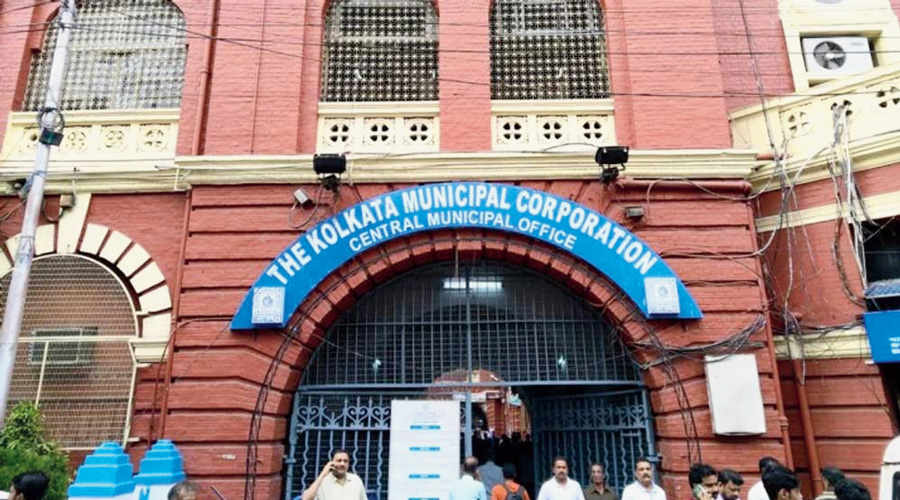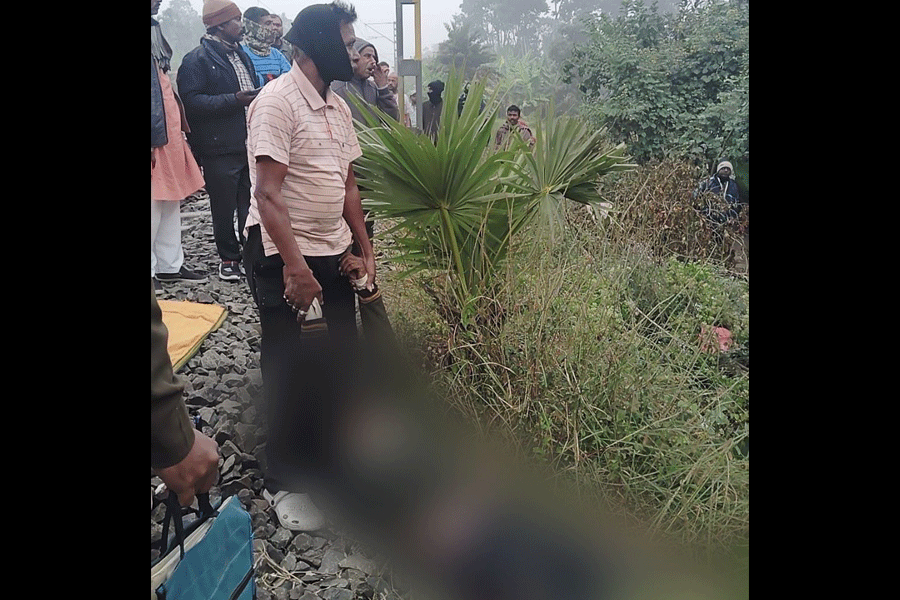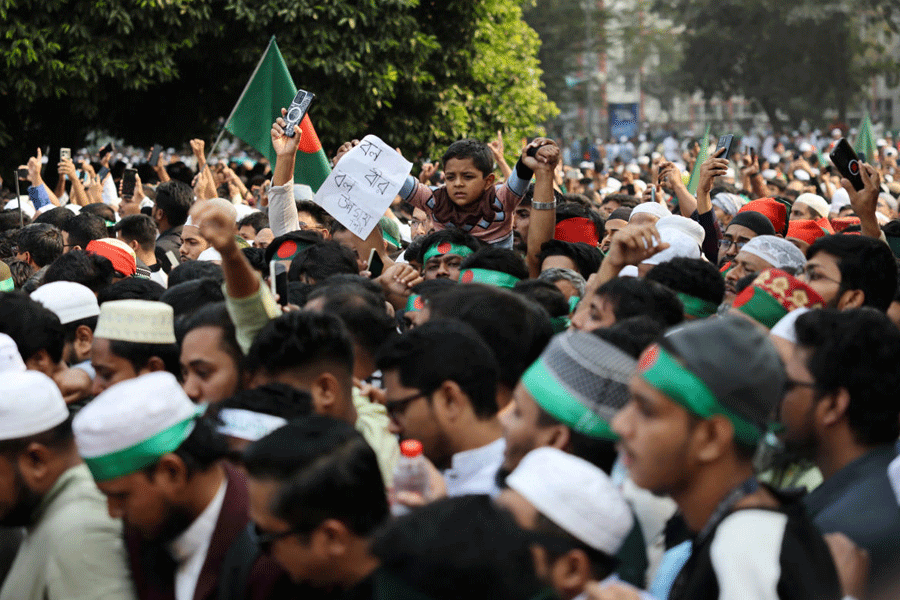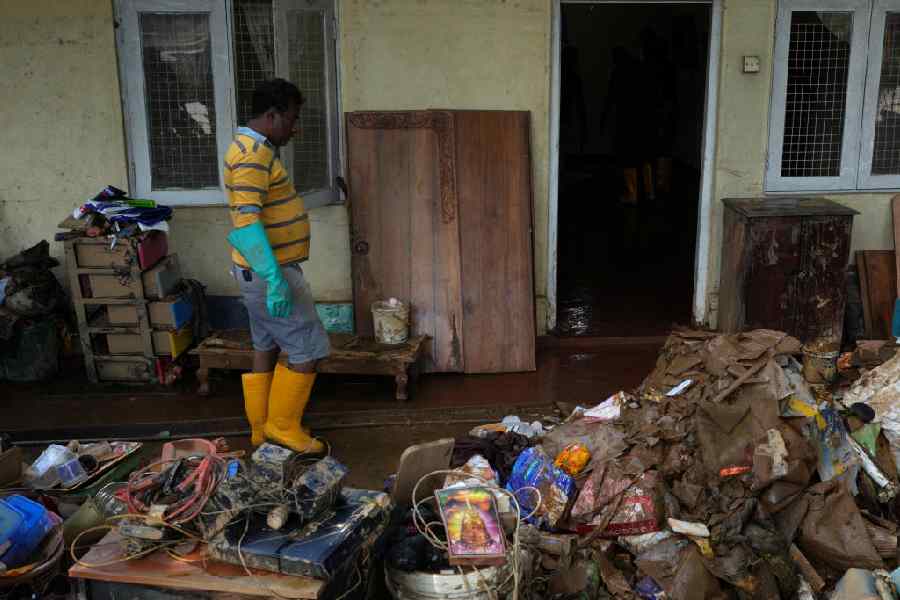The Calcutta Municipal Corporation has linked the fees charged to regularise an illegal structure with the existing circle rate of the area where the structure is built, a step that will increase manifold the amount that has to be paid to regularise unauthorised constructions.
The circle rate is unique to places and it is higher for upscale localities. The circle rate of a place is usually determined as an amount per sq ft of an area, civic official said.
Under the new system, implemented last month, the regularisation fee will be a percentage of the market value of the size of the unauthorised construction. The market value will be arrived at by multiplying the total size of the illegal construction with the circle rate.
The percentage of market value that will be charged has been kept very high to dissuade people from building illegal structures, said CMC officials.
The practice of regularising illegal buildings or portions of a building has been there for years. The Calcutta Municipal Corporation (CMC) Act has the provision that allows the civic body to regularise unauthorised constructions, if it deems fit. Earlier, the civic body used to charge a uniform rate for regularising such illegal structures across the city.
Now, there will be different rates for Kasba, Behala and Park Street. “An illegal structure in a place like Park Street was sold at a much higher price after regularisation but the owner paid the same amount to regularise it as someone building an unauthorised portion in Behala,” said a CMC official.
That system has changed now. “Once we know the size of the unauthorised construction in sq ft, we will put that on the website of the state inspector general of registration. This will give us the market value of the unauthorised construction. Then we will apply a certain percentage as the regularisation fee,” said the official.
The percentage that will be applied to calculate the regularisation fee has also been fixed. Officials said that the owner of a four or five-storey building has to pay 75 per cent of the market value of the unauthorised construction as regularisation fee. Owners of buildings that are six or seven-storey will be charged 85 per cent. Buildings taller than seven-storey will be charged 100 per cent of the market value of the illegally built portion. The regularisation fee for buildings up to three-story has been kept low — 25 per cent.
“We have kept a low fee for up to three-storey buildings since the owners themselves usually live in them. But buildings that are four-storey or taller are usually built by real estate developers and sold off,” said the CMC official.
Baiswanor Chattopadhyay, a member of the CMC’s board of administrators who is in charge of law, said that the objective behind revising the system of charging regularisation fee was done to dissuade developers from building unauthorised portions. “Many developers used to add an extra floor that was not there in the approved building plan and then pay a small amount to regularise the added floor. We have increased the regularisation fee by many times now so that a developer will not be able to make much profit by selling the illegally added portion in the market after paying the hefty regularisation fee,” said Chattopadhyay.











